Ghost Town of the American West: Photos of the 19th-Century 'Vulture Gold Mine'
From whence we came
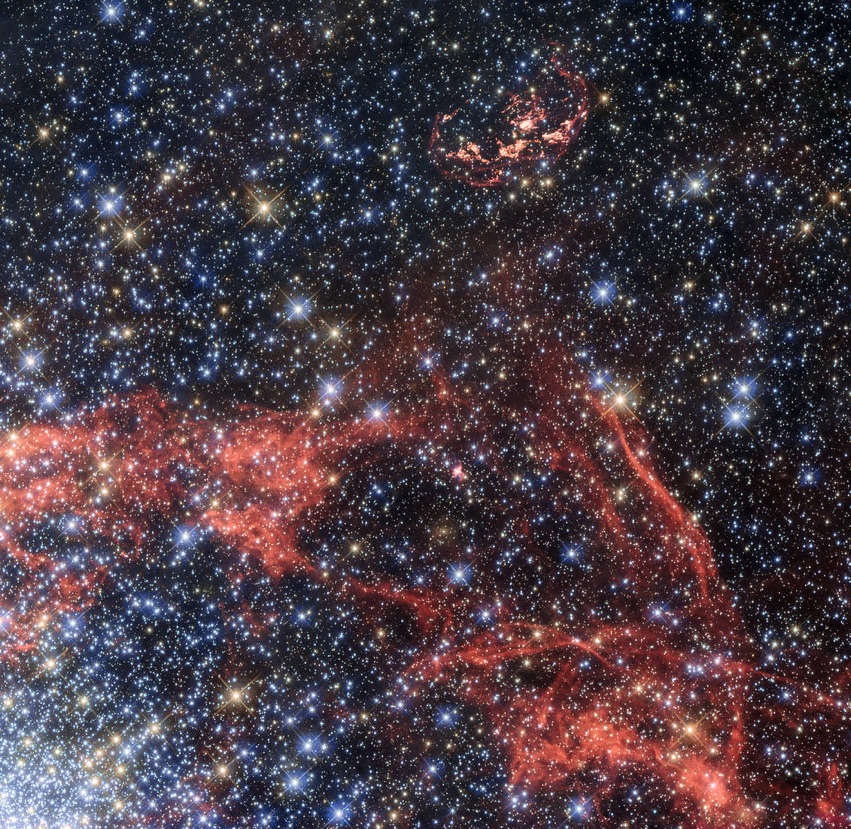
"We are made of star stuff," proclaimed the late astronomer and astrophysicist Carl Sagan during his award winning 1980 television documentary "Cosmos - A Personal Voyage." Sagan knew well that all the carbon, nitrogen and oxygen atoms (as well as the atoms of all other heavy elements) throughout the universe were created more than 4.5 billion years ago in ancient generations of stars. "We are a way for the universe to know itself," he wrote, and "some part of our being knows this is where we came from. We long to return."
Created beyond, found here
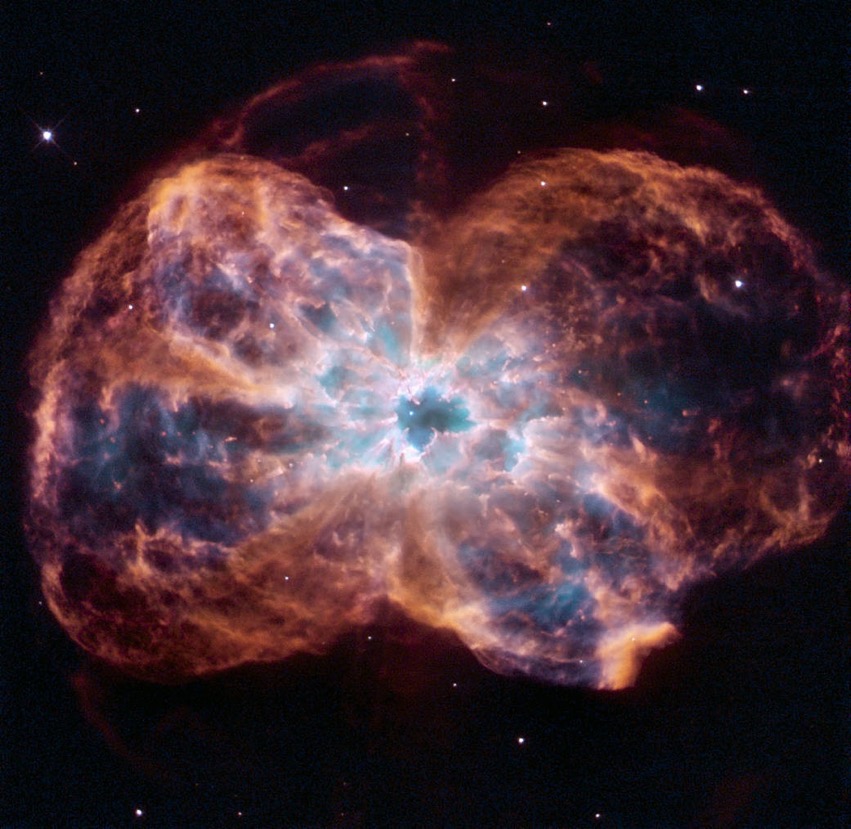
One of those heavy metals of which Sagan so eloquently spoke of is gold. Long cherished and used by humans as a token of money and symbol of wealth, gold cannot be destroyed by water, time nor fire. Throughout history, men have always cherished gold. The Egyptians even referred to it as "the breathe of God." It is also malleable, beautiful and most significantly, very rare. And if modern astrophysicists are correct, all the gold ever found on Earth and across the universe was created by the collision of ancient stars. Just like all living things on Earth, gold too is made of "star stuff."
Beauty resulting from chaos
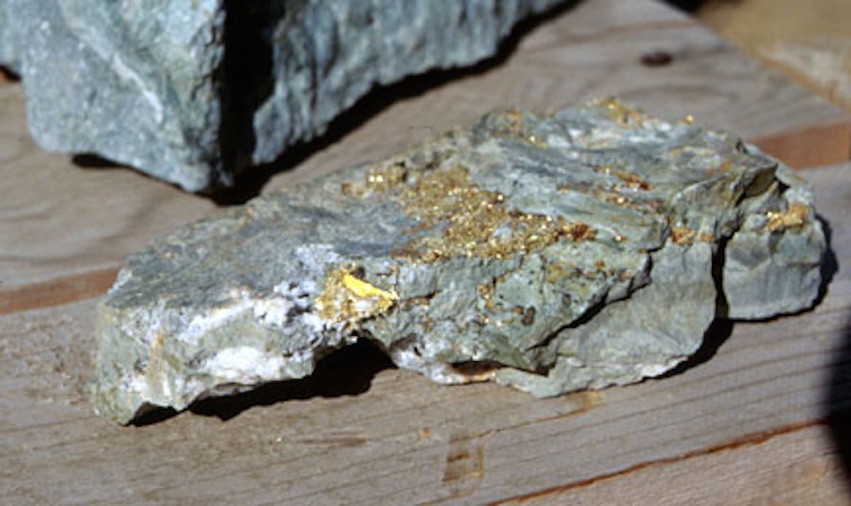
The atoms that formed the element gold arrived on Earth as a result of cataclysmic stellar explosions. Expanding shockwaves from these explosions propelled this elemental debris across the vastness of the universe, slowing, settling and then condensing to form new planets and stars. During Earth's formation, iron, along with the extraterrestrial atoms of precious heavy metals, sank to form the Earth's core. Eons of geothermal activity squeezed and shaped these heavy elements, including gold, into underground veins. Underground sources of hot water liquified the gold and extreme pressure pushed the gold toward the surface where it cooled and filled the natural cracks in rocks, forming veins of gold.
Well-known landmark
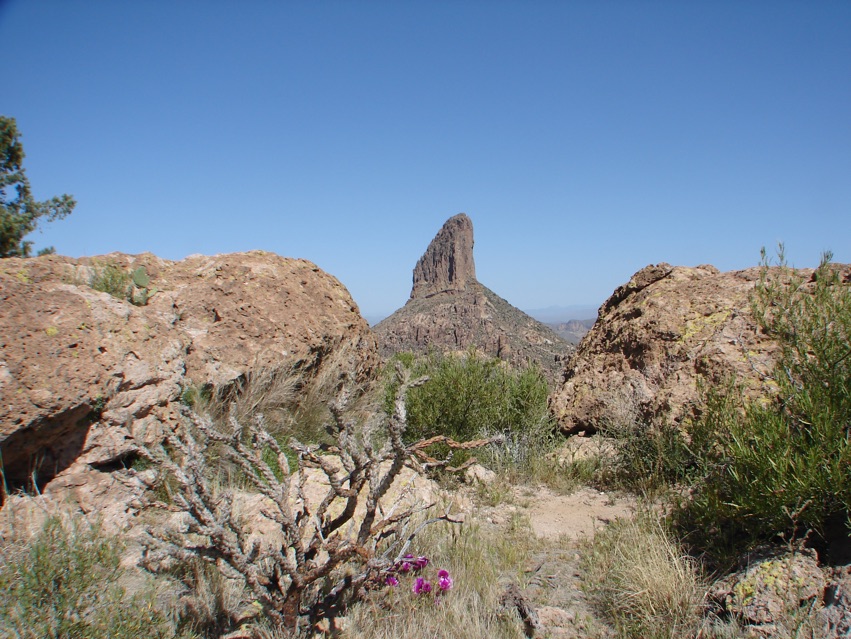
Most of the gold found on Earth is located in geologically active areas where natural faults change and reshape the Earth's crust. These areas tend to be mountainous regions where geological mountain-building activity is relatively young. Erosion of these gold-laced mountains by running water brought flakes and nuggets of gold into local stream beds. In the American West, this set off a series of gold rushes in the mid-19th century. Gold miners knew if there was surface gold found, then there was a high probability that there were veins of gold waiting to be discovered nearby underground. A landmark like Weavers Needle, shown here, just might indicate the opening to a rich vein of fabled gold, while other famous underground gold mines like the Vulture Mine were absolutely real and made some men very wealthy.
A chance find
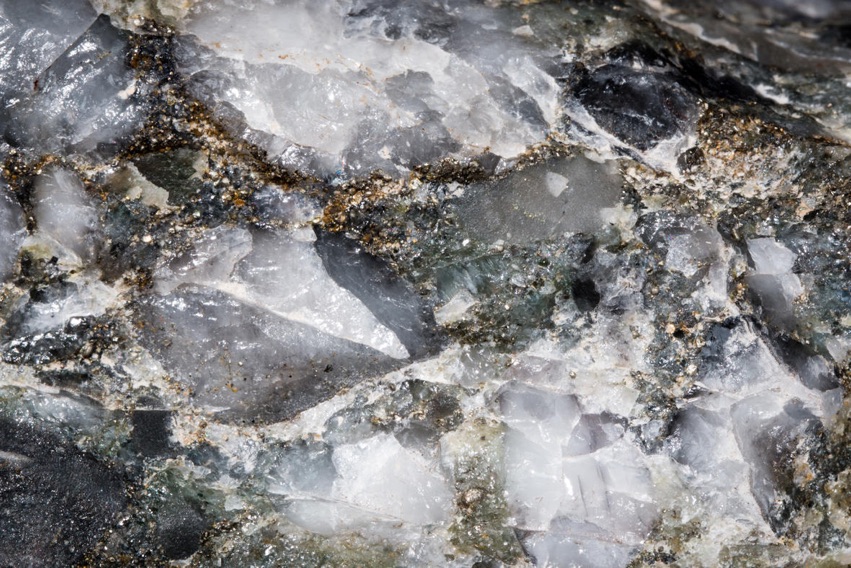
It was 1863 when Prussian gold prospector Henry Wickenburg found himself wandering in the Sonoran Desert, in the west central part of the Arizona Territory. Legend has it that he angrily threw a quartz rock at his stubborn pack mule who was refusing to get up and walk, while a group of turkey vultures slowly circled above their heads. The rock missed his mule but broke open when it struck a nearby ledge of quartz. A glitter of reflected sunlight shown from the broken quartz caught Wickenburg's attention. When he once again picked up the rock, he saw that a small vein of gold ran through it. Wickenburg named his mine after those vultures and the Vulture Mine became the most productive gold mine ever discovered in Arizona.
Valuable ground
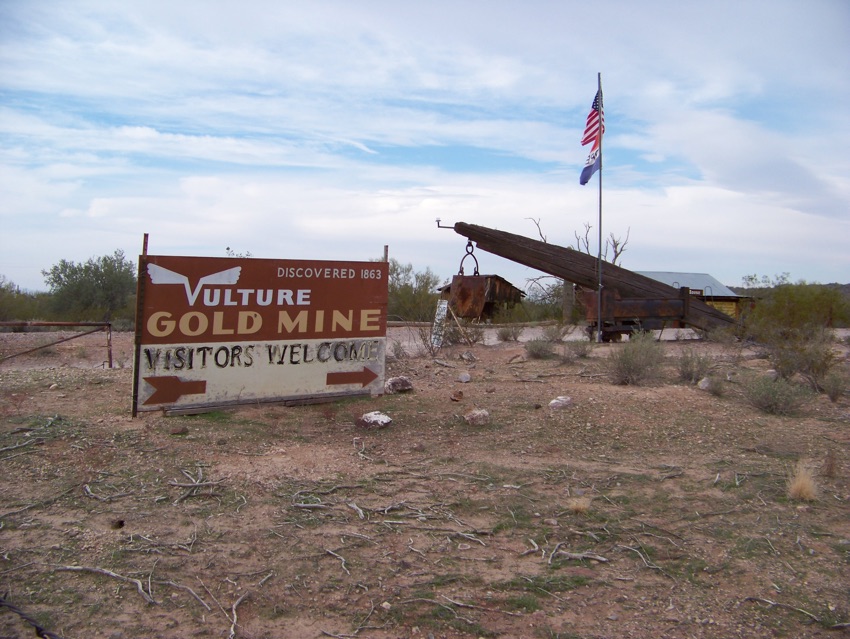
The Vulture Gold Mine yielded some 340,000 ounces of gold and 260,000 ounces of silver during its 79 years of operation, from 1863 to 1942. Some 1 million tons of ore was taken from the mine with an average grade of 0.35 ounces (10 g) per ton of ore of gold and 0.25 ounces (7 g) per ton of ore of silver. Both of these valuable metals were found primarily within and next to a faulted north-slanting igneous quartz vein laid down during the late Cretaceous Period and covered by a layer of Miocene volcanic rocks.
A unique mine
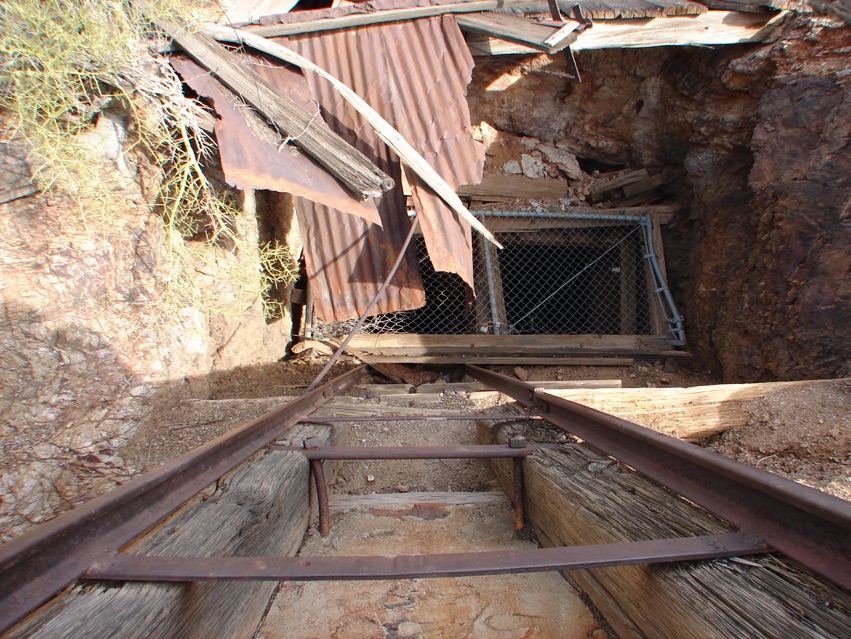
A visitor to the Vulture Mine in 1870 stated that this remarkable lode rose some 80 feet (24 m) above the surrounding mesa and that at the surface, the gold-rich vein was 85 feet (26 m) in width. Gold within this large outcropping was said to be "everywhere." Most of this surface gold was open pit quarried. Deep shafts were also dug and at the 240-foot (73 m) level of the main shaft, shown here, the primary vein of quartz had a thickness of 47 feet (14 m), with the richest gold ore found near the vein's edges.
Get the world’s most fascinating discoveries delivered straight to your inbox.
Home to the workers
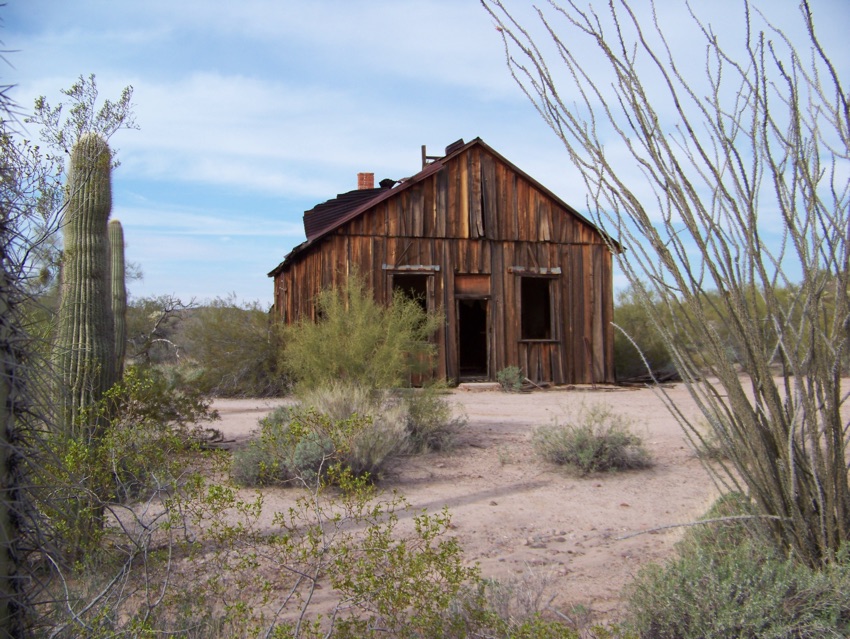
A small mining town, called Vulture City, quickly grew up around the Vulture Mine. At its height, Vulture City had a population of more than 5,000 people and offered its citizens a saloon, brothel, mess hall, workshop, post office and a two-room school (shown here). People in the town could even relax and play a rousing competitive game of tennis at the town's very own tennis courts.
An American ghost town
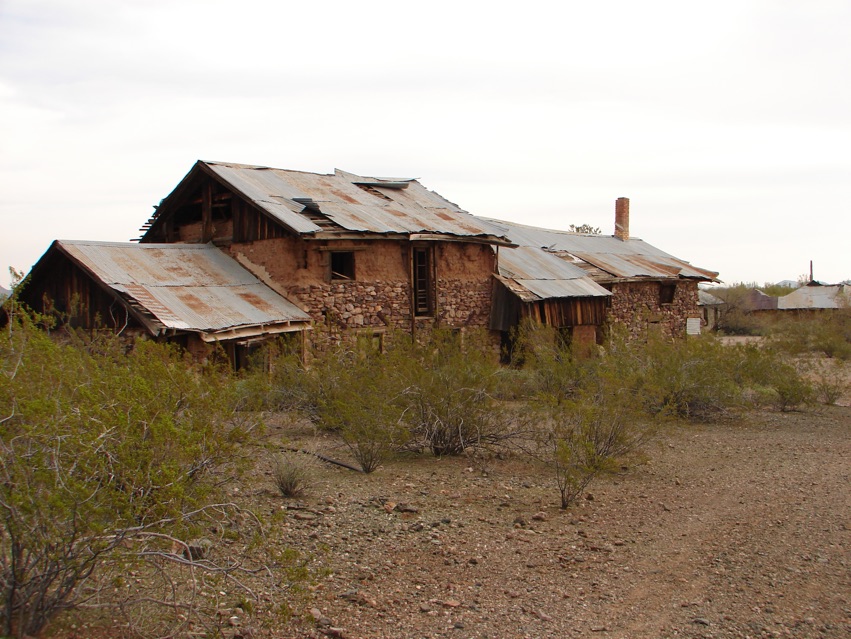
Modern visitors to the Vulture Mine find one of the best-preserved ghost towns of the American West. Buildings built during the height of mining activity now quietly sit in their Sonoran Desert landscape. The Vulture Mine Assay office, shown here, standing among a growth of creosote bush, was built in 1884 and reflects the relatively good condition of many of the Vulture buildings.
Old town buildings
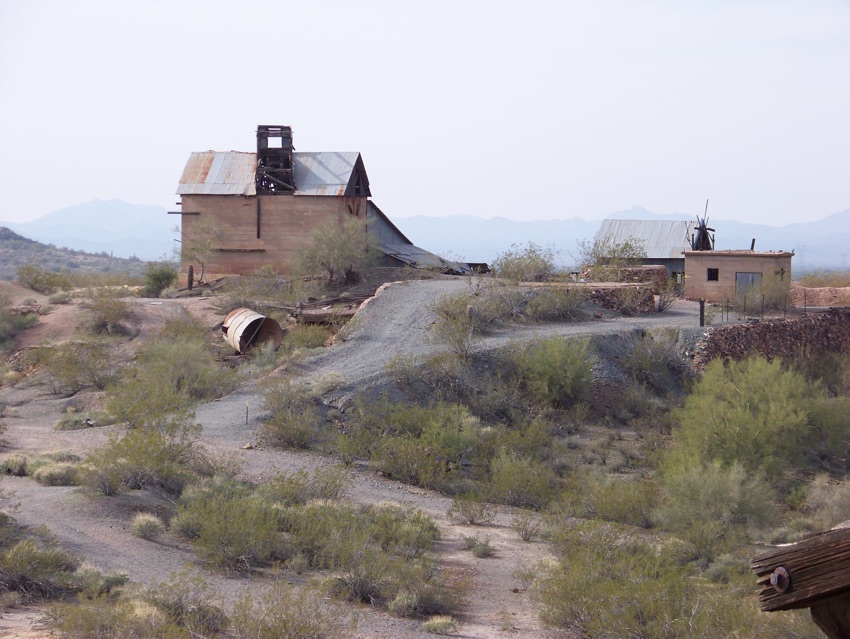
Other abandoned buildings still standing at the Vulture Mine include the dynamite house, the mine's workshop, the chow-house, the gate house, one of the miners' living quarters and Rita's brothel. In addition, the 1930s-era stamp mill, shown here, still stands atop one of the small hills found at the Vulture Gold Mine site.
Residents of the tonw?

Like the history of all Western ghost towns, legend and lore is often mixed with historic reality. At the Vulture Mine today, an old honey mesquite tree, Prosopis glandulosa, towers above the ruins of Henry Wickenburg's original adobe house and it holds a sign proclaiming it to be the Vulture's hanging tree, where 18 men were killed for high grading (stealing) Vulture gold. Some locals believe that ghosts are still modern-day residents in many of the still-standing Vulture buildings, while others contend such stories are just Western tall tales


